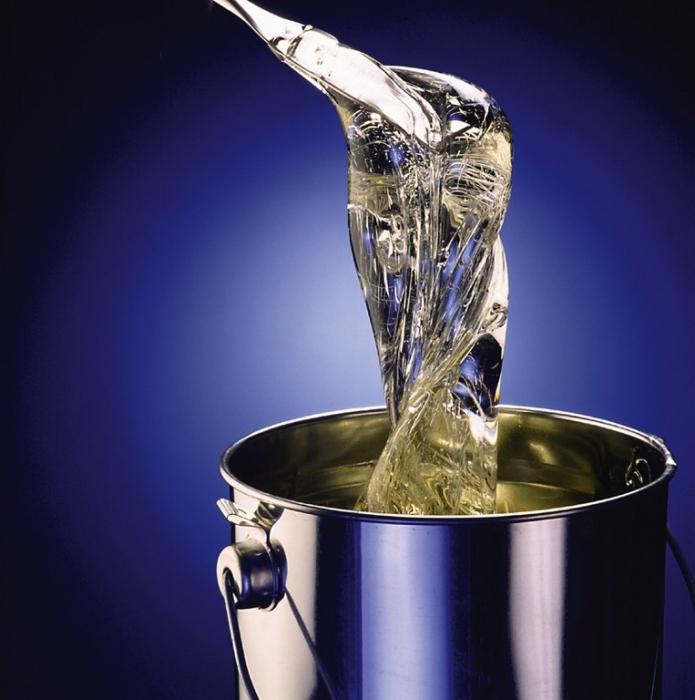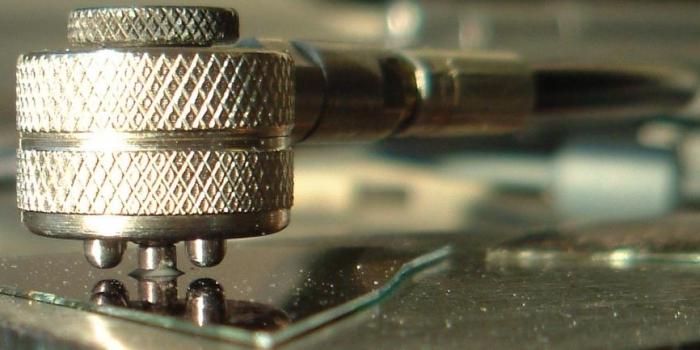There are many different ways of interacting between physical bodies. One of them is surface adhesion. Let's look at what this phenomenon is and what properties it has.
What is adhesion?
The definition of the term becomes more clear if you find out how the word was formed. From Latin adhaesio is translated as "attraction, adhesion, adhesion." Thus, adhesion is nothing more than a bond of condensed heterogeneous bodies that occurs when they contact. When uniform surfaces come into contact, a special case of this interaction arises. It is called autogesia. In both cases, you can draw a clear line of phase separation between these objects. In contrast, cohesion is released in which molecules coalesce within the substance itself. To make it clearer, consider an example from life. Take PVA glue and plain water. Then we apply them on different parts of the same glass surface. In our example, water is a substance that has poor adhesion. This is easy to verify by turning the glass upside down. Cohesion, on the other hand, characterizes the strength of a substance. If you glue two pieces of glass with glue, then the connection will be quite reliable, but if you connect them with plasticine, then the latter will tear in the middle. From which we can conclude that its cohesion for a strong bond will not be enough. We can say that both of these forces complement each other.

Types of adhesion and factors affecting its strength
Depending on which bodies interact with each other, certain attachment features appear. The greatest value is the adhesion that occurs when interacting with a solid surface. This property has practical value in the manufacture of all kinds of adhesives. In addition, the adhesion of solids and liquids is also released. There are several key factors that directly determine the strength with which adhesion will manifest itself. This is the contact area, the nature of the contacting bodies and the properties of their surfaces. In addition, if at least one of the pair of objects carries an electric charge, then the donor – acceptor bond will appear during the interaction, which will enhance the adhesion force. Capillary condensation of water vapor on surfaces plays a significant role. Due to this phenomenon, chemical reactions can occur between the substrate and the adhesive, which also increases the bond strength. And if you dip a solid into a liquid, you can notice the result, which also causes adhesion, is wetting. This phenomenon is often used when painting, gluing, soldering, lubricating, enriching rocks, etc. To eliminate adhesion, a lubricant is used that prevents direct contact of surfaces, and to strengthen it, on the contrary, surface is activated by mechanical or chemical cleaning, exposure to electromagnetic radiation or the addition of various functional impurities.

Quantitatively, the degree of such interaction is determined by the force that must be applied in order to separate the contacting surfaces. And in order to measure the strength of adhesion, special instruments are used, which are called adhesiometers. The very set of methods for its determination is called adhesiometry.